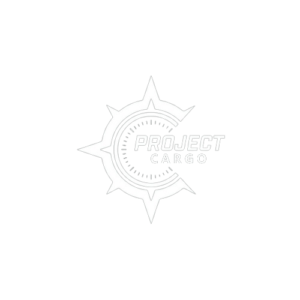How can shippers adapt to changing market dynamics?
Technology capable of delivering on relationships to create stronger shippers, Darigold discusses

(Photo: Jim Allen/FreightWaves)

Players across the transportation space are accustomed to dealing with change. The industry has long been characterized by cyclicity, thanks to the freight markets innate relationship with wider supply and demand trends. Over the last few years those changes have become more challenging than ever, leading to a sense of collective whiplash.
Shippers and carriers alike have been forced to deal with the financial fallout of a global pandemic, inflation, rising fuel costs and the looming threat of an economic recession. These intense headwinds have pushed companies to reconsider how they do business, pulling more flexible solutions like shorter-term contracts into the spotlight.
So much can happen in so little time, Sam Naffziger, transportation procurement manager at Darigold, said. Longer-term commitments often fail, putting service and cost at risk.
Not too long ago, annual transportation contracts were more or less considered the only viable option and de facto best practice based on tools available for use. Tech-savvy companies like Emerge have changed that reality, taking the once grueling RFP process digital. This is aligned with other tech-inspired innovations throughout the industry.
The dynamic transportation marketplace has looked for solutions that are able to both strategically and in real-time deliver value to the shipper and carrier relationship. Emerge has delivered on that need and promise, George Abernathy, Emerge President shares.
At its heart, the goal of the transportation industry remains quite simple: Move goods from place to place in the most efficient and cost effective way possible. Accomplishing that goal, however, is starting to look a little different. Modern problems call for modern solutions, and the advent of new technologies has reshaped the industry in recent years.
The evaluation of technology can and should challenge old school thinking. One key aspect of this is transparency, Darigold said. Nothing should be a secret anymore, and I believe this transparency can help shippers and carriers manage their spend and costs much better.
Real-time data, accurate insights and benchmarking options have transparency accessible to shippers and carriers alike. These tools shine a light on areas of the industry that were once considered mysterious due to a general lack of knowledge and visibility.
In what once was an industry where a lot of gut decisions were made, we are able to make any key transportation decision based on data, Darigold said.
Technology has become a pillar of the transportation space, but it cannot take the place of simple human connection. Logistics still runs on relationships, and building strong bonds between shippers and carriers can carry both parties through the highs and lows of the freight market.
All drivers and carriers have customers, warehouses and shippers they prefer to work with more than others, Darigold said. We believe listening and acting to this feedback is critical to build long-term relationships with carriers.
While relationships are crucial no matter what is happening in the market, having a strong interpersonal foundation becomes even more important during difficult conditions. Companies are ultimately composed of people, and people are far more willing to help their friends than simple acquaintances or even begrudging frenemies.
Not everything will always go the shippers way, and not everything will go the carriers way, Darigold said. These relationships can help get either the shipper or carrier out of a pinch.
Ultimately, adapting to new market dynamics requires a multifaceted approach, and shippers will need to marry modern technological solutions with age-old methods like building relationships. Choosing the right partners makes both tasks easier.

